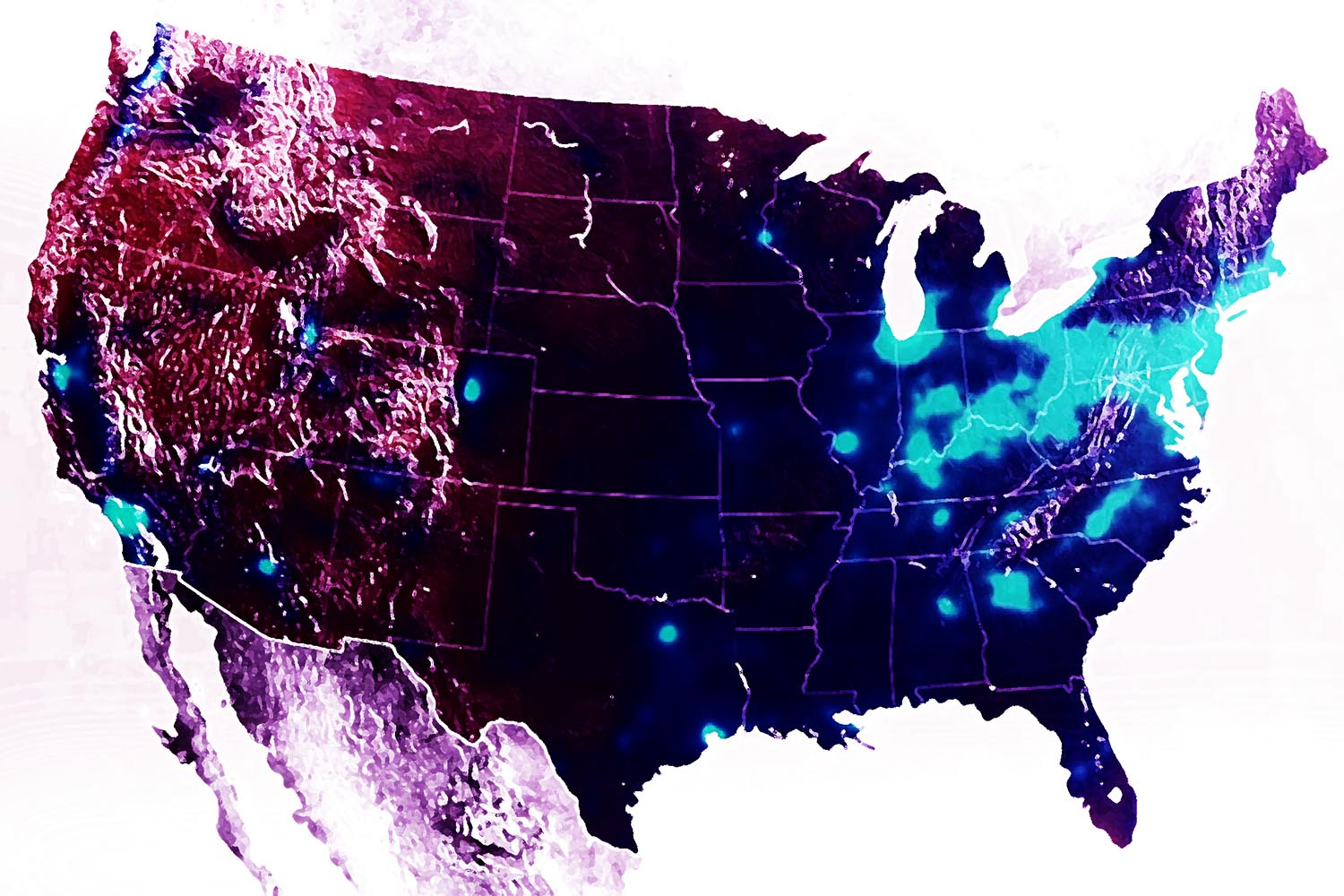
NASA has released the results of a new study conducted from 2005 to 2014. The study analyzes and quantifies energy usage, environmental policy and civil unrest around the world.

NASA Particularly Looked at Nitrogen Dioxide Levels
Nitrogen dioxide is a commonly emitted gas from cars, power plants and industrial machinery. This compound can become ground-level ozone and is a major breathing pollutant particle in urban smog.
Nitrogen dioxide is often used as an indicator of air quality, and can be spotted over most major cities of the world. NASA’s research team looked into nitrogen levels around the globe and compared nitrogen dioxide levels with emission control regulations, national GDP and urban growth.

The Findings Confirm that Pollution and Changes in Air Quality Aren’t Random
The data has a direct reflection of the disparity between what government officials say about handling gas emissions and what actually happens. The team behind the study reveal that the largest emitter of nitrogen dioxide in the world were the United States and Europe though they have had a 50% decrease since previous years. This is thanks to environmental regulations that have been successfully carried out in both regions.
How Has the Syrian Civil War Affected Air Pollution?
Interesting data comes from nitrogen dioxide readings in Syria, where the population has been largely displaced because of the civil war. The mass exodus of Syrians have peaked nitrogen dioxide levels to neighboring countries while levels over Syrian territory have greatly decreased.

Air Pollution in Oceania
All major cities in Australia, according to the study, had their nitrogen dioxide levels decrease between 17.5% and 37.5%. Melbourne was the city to have the most dramatic change, also because the country has made some drastic changes to environmental regulations. In the same breath, Darwin, the capital of the Northern Territory, saw an 8% increase in levels of the compound.

China and India Reveal a Ridiculous Increase in Nitrogen Dioxide Levels
China is well on its way to peaking emissions. The country’s nitrogen dioxide levels rose 20%-50% because of the increasing use of coal to power the cities and factories. In spite of that, Beijing, Shanghai, and the Pearl River Delta have seen up to 40% decreases.
While this may sound like good news, it means that these areas will take longer to peak gas emissions. Countries like China and India must peak gas emissions in order to bring them down. At the recent Paris Climate Conferences, China was one of the first countries to pledge that they will quickly peak emissions to bring them down.
India, on the other hand, has said that they will take their time peaking emissions. The West had ample time to flood the environment with harmful compounds, and they have been doing so since the Industrial Revolution.

China and India’s Failure to Peak Emissions Could Be Causing the Sinking of Marshall Islands
Majuro, the capital of the Marshall Islands, is flooding severely. This particular region of Oceania is incredibly vulnerable to rising sea levels and any kind of extreme weather event. The UN declared that more than 600 people have since been evacuated from the islands due to the heavy flooding.
The capital has been flooding since 4 AM on December 15, and videos are all over social media showing the true expanse of the damage. There are parts of the city that are only barely above sea level, at 30cm at most. This time is ‘king tide’ season for the region when tides are largest and strongest. While this is a seasonal hazard, it shows how much damage the islands will suffer if sea levels continue to rise and the planet continues to warm.
While China has expressed a passion for protecting the environment to the best of their ability, it’s important that the process is quick and efficient. Hopefully, China and India can collaborate so that the threat to the Marshall Islands can be controlled at the very least.

















